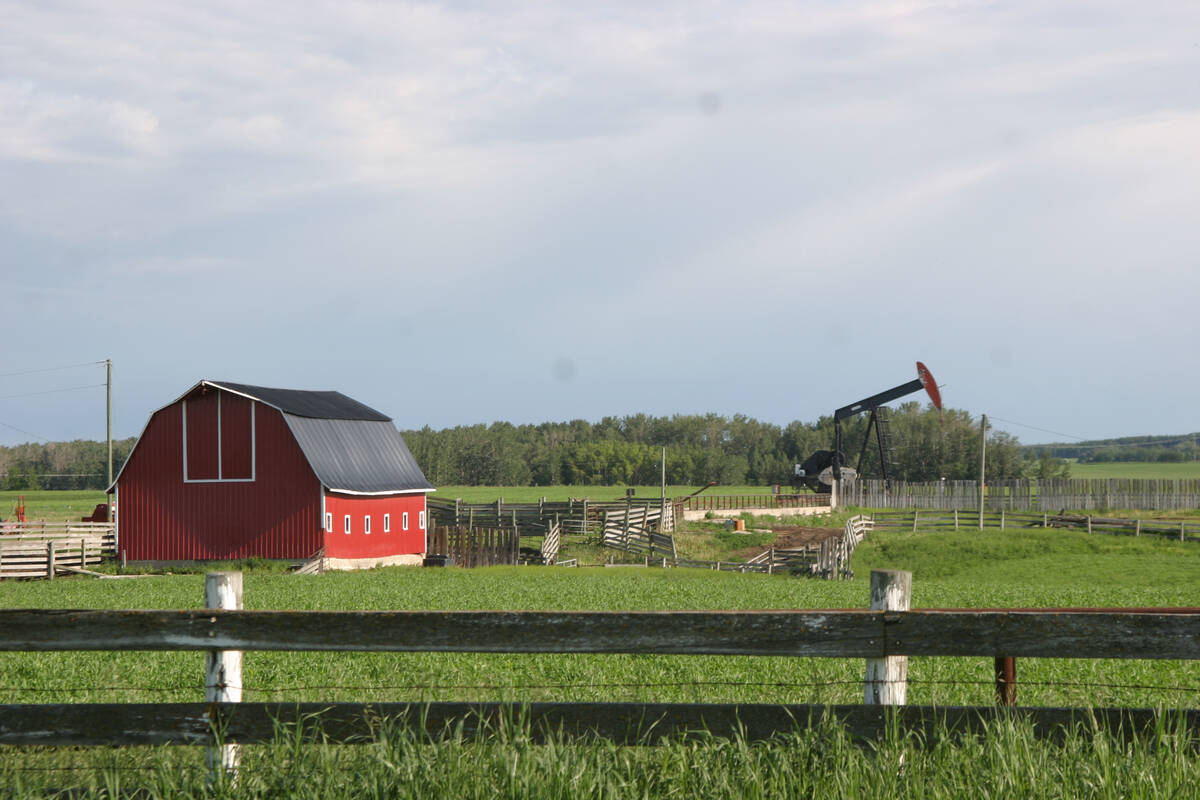Glacier FarmMedia – Fifty million people around the world are near to or experiencing famine, up from 40 million in May, according to the Canadian Foodgrains Bank.
“There’ll be many malnourished. At least 20 per cent will be extremely malnourished,” said the organization’s executive director, Andy Harrington.
Two out of every 10,000 of those people will die, according to hunger metrics, he added, but the reality is often much worse.
Read Also

Recommendations in the mature assets strategy could cause potential problems for landholders
The Western Stock Growers’ Association urges producers to pay attention to the potential changes to Alberta’s Mature Assets Strategy.
Displacement due to conflict, supply-chain disruptions including grain shipments from Ukraine and Russia, inflation and severe drought have contributed to worsening hunger, Harrington said. Many countries in Africa import grain from Ukraine or Russia and much of it is trapped or held back because of war.
He saw first-hand the impact during a recent trip to Ethiopia. He visited one emergency food distribution centre run by Canadian Foodgrains Bank partner, Tearfund, which gives out monthly supplies of maize, beans and cooking oil to families.
Ethiopia is in the midst of a drought “almost unprecedented in terms of its length,” Harrington said.
The country has had five failed or late rainy seasons over the past three years.
“I met and was talking to people who had to make choices about which child to feed, had to make choices about whether they could eat themselves, as parents, or feed their children,” he said. “Many of them were skipping meals. Some of them hadn’t eaten in some time.”
It was raining when he was in Ethiopia but that moisture came too late. Many crops had already failed. Even among some of the organization’s conservation agriculture projects, which teach farmers drought-proofing skills, some crops were suffering.
Food is short, and what’s there is expensive, Harrington said. In Kenya, inflation rates have reached 40 per cent since December.
The United Nations Food and Agriculture Organization now says hunger statistics, which had improved in the last few years, have slid backward. Projections suggest that eight per cent of the world population will face hunger by 2030, the same level as projected in 2015.
The price of emergency food baskets has risen dramatically. The Canadian Foodgrains Bank sources food from a network of local suppliers, but has found that supplies have dried up or suppliers are reluctant to set a price because costs are changing so quickly.
“It’s getting very difficult,” Harrington said. He thanked Canadian supporters and said that, in Ethiopia, he has seen direct results of their giving. He asked people to “give, learn, pray, advocate” and said there are many ways to get involved.
The federal government matches donations for humanitarian work four to one, Harrington added.
– This article was originally published at the Manitoba Co-operator.














